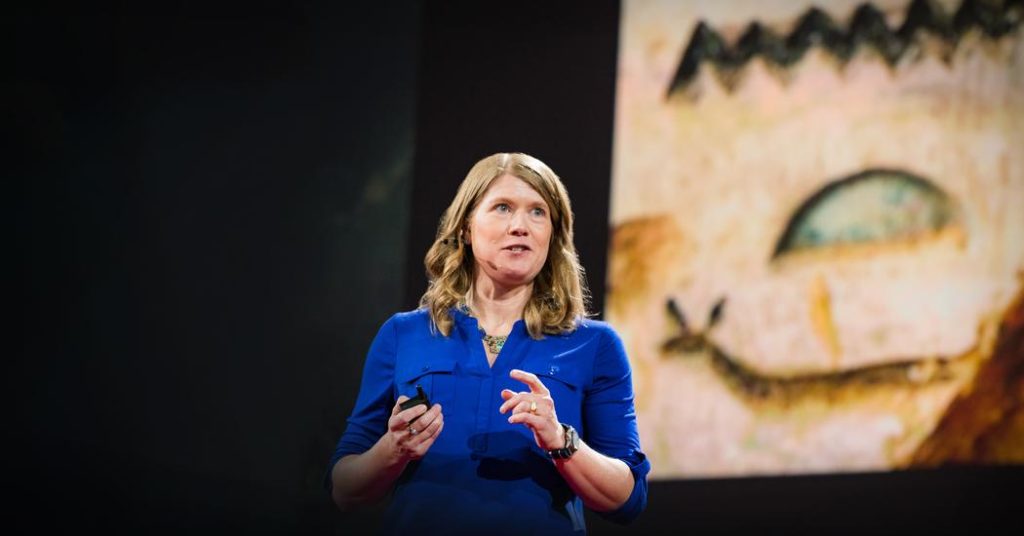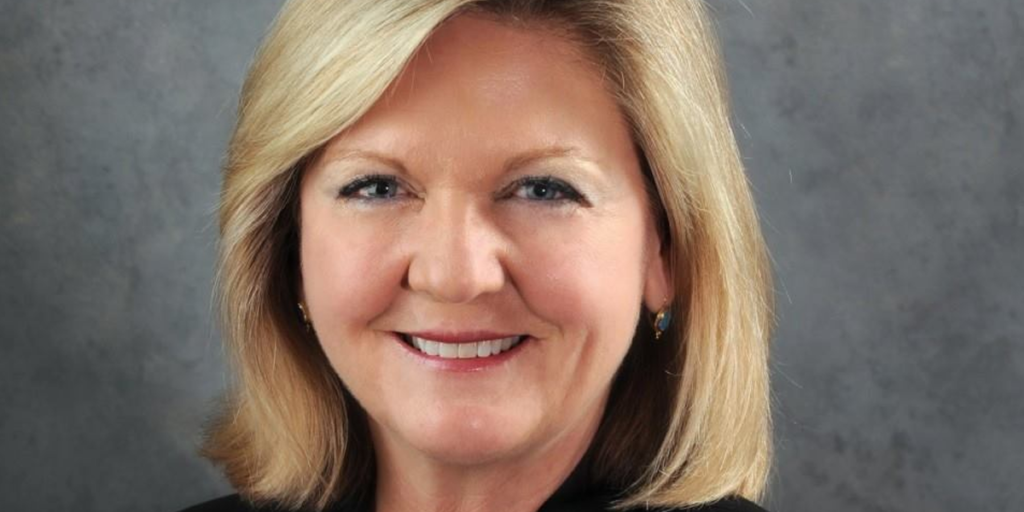Women of Influence: UAB space archeoligist Sarah Parcak

“Sharing knowledge is the greatest of all callings. There’s nothing like it in the land.” University of Alabama at Birmingham (UAB) professor of anthropology Sarah Parcak told this ancient Egyptian quote to a crowd of listeners during a 2012 TED talk (which has since been viewed over 1 million times) on her work to detect hidden archaeological sites with satellites and Infra-red technology, also known as “space archeology,” and Parcak does just that. Parcak was born in Bangor, Maine, earned her bachelor’s degree in near Eastern languages and civilizations at Yale University in 2001, and her Master’s and Ph.D in Egyptian archaeology from Trinity College at Cambridge. From there, she taught Egyptian art and history at the University of Wales in Swansea before moving to Birmingham to work at UAB, where she founded the Laboratory for Global Observation. Parcak has since directed multiple surveys and excavation projects from the Sinai Peninsula, and the Nile’s East Delta to Romania, Nabetaea, Tunisia and Italy. Her work has been featured in three documentaries, the 2011 documentary Egypt: What Lies Beneath, the 2012 documentary Rome’s Lost Empire and Vikings Unearthed. Parcak’s team of archaeologists at UAB has claimed the discovery of 17 pyramids, more than 1,000 tombs and 3,000 settlements in the vicinity of Sa el-HagarIn, and in 2015 she collaborated on the identification of a possible Norse settlement in Newfoundland. But the spotlight really hit her in 2016 when she won the 2016 TED prize, a coveted prize of $1 million, which she used to fund the Global Xplorer platform; a web-based platform designed to “revolutionize how modern archaeology is done altogether, by creating a global network of citizen explorers.” The first goal of Global Xplorer is to map out the entire country Peru — the home of Machu Picchu, the Nazca lines and other archaeological wonders waiting to be discovered. “We will do nothing less than use state-of-the-art technology to map an entire country,” said Parcak at the TED Summit in 2016. “This is a dream started by Hiram Bingham, but we are expanding it to the world, making archaeological exploration more open, inclusive, and at a scale simply not previously possible.” One of Parcaks goals is to preserve the history, and save sites in the middle-east from looters, “the past few years have been horrific for archaeology. I’ve spent a lot of time, as have many of my colleagues, looking at the destruction,” Parcak said when she accepted the TED prize in 2016. “This Prize is not about me. It’s about our field. It’s about the thousands of men and women around the world, particularly in the Middle East, who are defending and protecting sites.” She has been selected for many top honors including being named on of the 100 Leading Global Thinkers by Foreign Policy magazine, and is also a National Geographic Society Archaeology Fellow, Fellow of the Society of Antiquaries, and a 2013 TED Senior Fellow. Parcak’s work has led to many discoveries and excavated an abundant amount of historical sites otherwise lost to the modern world, she is also bringing together “citizen scientists” from around the globe to learn, and work together to open windows to the past for our modern world. For her service to our world, the students at the University of Alabama, and for her relentless pursuit of unearthing the past for our modern eyes, Sarah Parcak is doubtlessly an Alabama woman of influence.
Women of Influence: U.S. Space and Rocket Center CEO Dr. Deborah Barnhart

Huntsville, Ala. native Dr. Deborah Barnhart has been working on and off with the U.S. Space and Rocket Center in Huntsville for over 40 years. Her career has taken many different twists and turns, but she finally “landed” at her home base in January of 2011. Barnhart graduated from the University of Alabama in Huntsville in 1973; while she was finishing her senior year she worked in the public affairs and marketing offices at the U.S. Space & Rocket Center. A few years after graduation she came back on staff at the space center managing publicity for the museum’s newest addition — the Space Shuttle. At the age of 27, Barnhart decided to switch gears and joined the U.S. Navy, hoping to work with satellites. However, the Navy had other plans for her. She attended Officers Candidate Schoo (OCS)l, and after graduating at the top of a class of 500 people, was given the opportunity to become one of the first ten women ever to serve on a Navy sea vessel. And she took it. “I was the seventh woman to be certified to fight on and drive Navy vessels,” she told Kari Hawkins in an interview. “I drove ships on the west coast and the east coast. I loved the Navy, and the ability to see the world as a finite place. I’ve heard it said that everyone joins the military to get away from something, to ‘get out of Dodge.’ And maybe I did want to get out of Dodge, but I also joined the military to go toward something, to pursue an interest and an opportunity.” Barnhart commanded five units, experienced submarines, Navy air and space aspects, and missile defense systems throughout her 26 year military career. When she went into the Navy Reserves, she found her way back to the U.S. Space & Rocket Center for the third time in her career, this time serving as the director of Space Camp and the Space Academy. During this time she had two children and obtained a M.B.A. from the University of Maryland College Park. In 1990 Barnhart left the Space Center for the third time to pursue work in the private sector. That same year she received a doctorate degree in education from Vanderbilt University. After leaving the space center, she became vice president of Hamilton Sundstrand Space, Sea Systems International, and Honeywell Space and Defense, and reached a lifelong goal: working with satellites. She also acquired another M.B.A., this one from the Massachusetts Institute of Technology where she was a Sloan Fellow in 1998. She had retired from her long accomplished career when the Space Center contacted her in 2010, convincing her to return to the center for the fourth time, but this time to the helm of the “ship,” as Executive Director and CEO, a position she has held since January of 2011. The first year she served as CEO, Barnhart reduced the Space Center’s debt by $1 million, and brought attendance up by 13 percent after 10 years of decline. In 2017, the center had it’s all-time record attendance, with an 11 percent increase in revenue. “In everything that we do, we want to inspire that next generation of explorers,” Barnhart told Hawkins in an interview. Barnhart has received a lot of honors during her lengthy career. She is a recipient of NASA’s Distinguished Public Service Medal, the highest form of recognition awarded by NASA to a non‐government individual. A member of the Board of Managers of the Air Force Museum Foundation and a Trustee on the Board of the University of Alabama in Huntsville Foundation. She also served as Governor Robert Bentley’s appointee to the Alabama Space Authority Task Force. In October of 2017 Barnhart was inducted into the Alabama Academy of Honor alongside Governor Kay Ivey, and two other women, making her part of the first class of all female inductees. For over 20 years of service to our Nation through the Navy, her service to the state of Alabama through the U.S. Space and Rocket Center, and for setting the level of excellence the nation has come to expect from Alabama Women, Dr. Deborah Barnhart is absolutely and Alabama woman of Influence.


